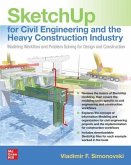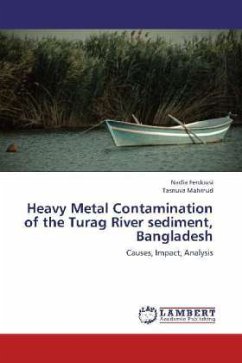Document from the year 2016 in the subject Engineering - Civil Engineering, , language: English, abstract: The construction of infrastructures like bridges, tunnels, pipelines, elevated tanks, underground structures, hydraulic structures and caissons involves heavy construction activities. Each type of these structures involves activities categorized as heavy construction activities that involve capital intensiveness, non-conventional equipment and non-typical construction technology. Hence, constructing such infrastructures requires certain level of know-how that may not be easily available within average engineers and contractors. The choice between the different construction methods within projects of such large scale should be performed on solid scientific basis.The selection criteria of different construction methods vary from one type of structures to the other. The current study is the fruit of a series of studies in which the selection criteria for different types of infrastructure were studied. The different types of factors governing the choice of the different construction methods applicable to infrastructure projects involving heavy construction activities have been studied and categorized based on its level of importance when it comes to the choice between different methods. Different cases for existing projects all over the globe are examined as case studies to prove the validity of this categorization of governing factors.Although this area is apparently extremely important in terms of research, there is no single source of information covering different types of construction methods used to construct the different types of infrastructures. This book covers this gap as the study performed within this book has included the eight types of infrastructures involving the most non-conventional heavy construction technologies; simpler infrastructures were not included here.One type of infrastructures would be examined within each of the following eight chapters from a construction methods perspective. Within each chapter, a literature review for the different construction methods that could be used to construct each infrastructure is performed. Based on that, a set of selection criteria is prepared to facilitate selecting between the different methods based on the different factors that govern the choice between different methods. Two case studies are presented within each chapter in order to examine the validity of the selection criteria set within the chapter.








